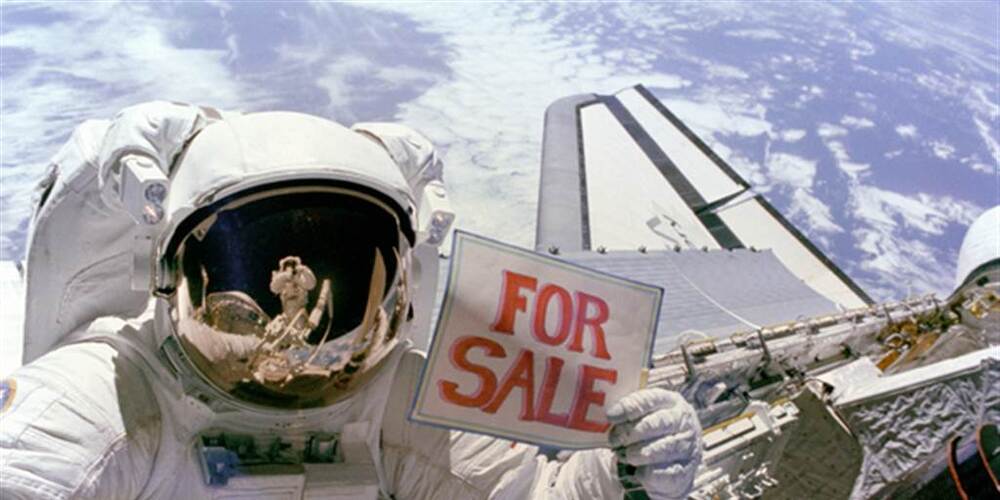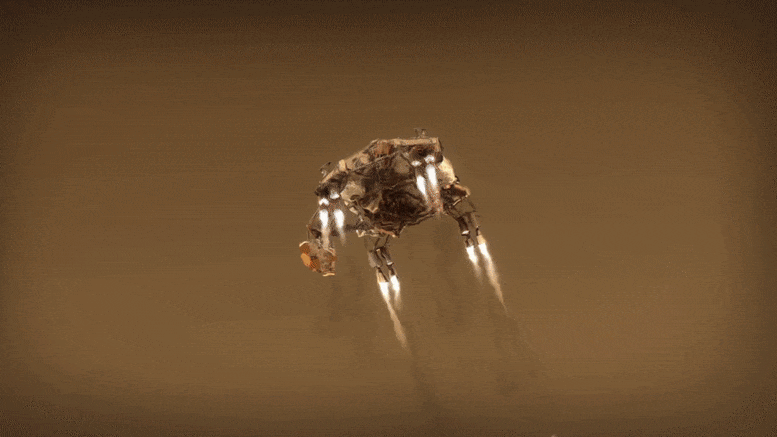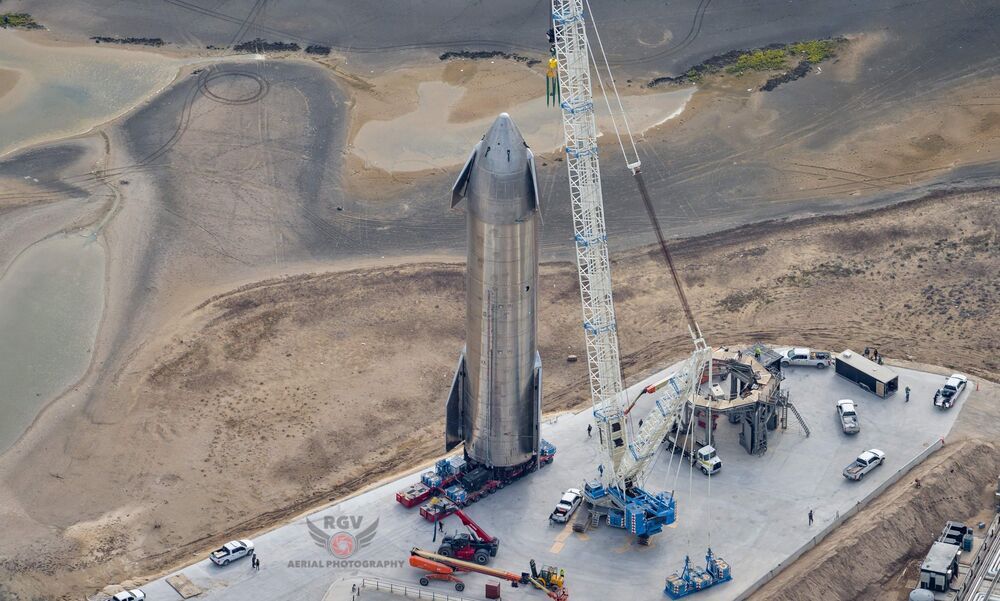Perhaps we need to pay Sci-Fi novels more heed-but which ones?
Nearly 150 years ago, Jules Verne penned a book with remarkably accurate predictions about the world of today. That book, however, was rejected and not brought to light until 1994.
Paris In The 20th Century is a posthumous work by Jules Verne, the legendary writer and traveler. Many consider him the “Father of Science-Fiction” via books such as Twenty Thousand Leagues Under The Sea, Journey To The Centre of the Earth and From The Earth To The Moon. Back To The Future fans will no doubt remember Doc Brown’s passion for the author’s prolific output.
A major appeal of Jules Verne was his ability to make predictions about the future. Paris In The 20th Century, submitted to publisher and mentor Pierre-Jules Hetzel in 1863, was no different. In 2014, The Architectural Review covered the novel, whose predictions included “gas-fueled vehicles that travel on asphalt roads, electric streetlights and, more ominously, indeed chillingly, the electric chair.”








